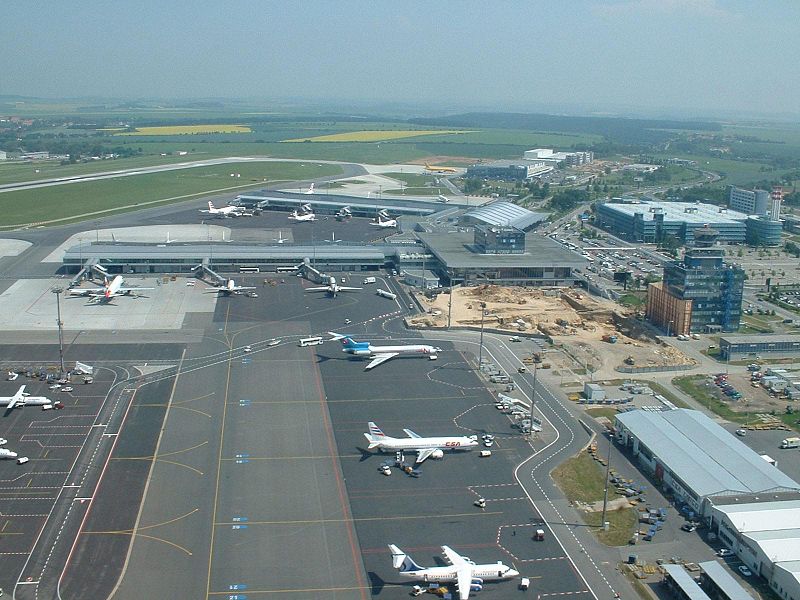You may be thinking the obvious, that an alternate aerodrome is an optional aerodrome, selected by the pilot, just in case the paw-paw hits the fan, for whatever reason, and you can’t land at the aerodrome you had planned to land at. You would be correct, but did you know that there are different types of alternates based on the segment of your IFR flight?
Almost all flights require a destination alternate, which will be explained below, but the other two types, being the take-off alternate and the en-route alternate need only be selected under specific circumstances.
DESTINATION ALTERNATES
Let’s begin with the destination alternate. This is an aerodrome that an aircraft will be able to land at, should it become impossible to land at your desired aerodrome. This is a legal requirement to be entered on your flight plan if you are flying under instrument flight rules (IFR), unless, taking into account all meteorological conditions and operational information relevant to the flight, at the estimated time of use, a reasonable certainty exists that the approach and landing can be made under visual meteorological (VMC) conditions, and separate runways are usable at the estimated time of use of the destination aerodrome, with at least one runway having an operational instrument approach procedure. Additionally, if your final aerodrome is in an isolated location, then you are exempt from entering a destination alternate, with the condition that the point of no return (PNR) is calculated, and the flight is not continued past this point unless a current assessment of meteorological conditions, traffic, and other operational conditions indicate that a safe landing can be made at the estimated time of use.
It is important to note that applicable landing conditions (minima) specified above must be above the minima for a period of one hour before and one hour after the expected arrival time.
Two destination alternates are required if conditions will be below the applicable aerodrome operating minima or no appropriate destination weather forecast for the ETA is available.
When choosing a destination alternate, it should be chosen the same way as you have chosen your final landing aerodrome. You would not choose an aerodrome with a 600m grass runway as an alternate if you know that the performance of your aircraft requires a hard 1200m of runway! Consideration should also be given to the capabilities of the pilot, and also that the facilities of the aerodrome are equally suitable.
TAKE-OFF ALTERNATES
A take-off alternate is an aerodrome at which an aircraft would be able to land should this become necessary shortly after take-off and it is not possible to use the aerodrome of departure. If the meteorological conditions at your point of departure are at or below the aerodrome operating minima (which is usually published), then you need to include a take-off alternate on your flight plan. When choosing a take-off alternate, the following time conditions apply:
Single engine– 20 minutes from the departure aerodrome
Twin (2) engines – one hour flight time at the one-engine inoperative cruising speed, determined from the aircraft flight manual, calculated in International Standard Atmosphere (ISA) and still-air standard conditions, using the actual take-off mass.
Three or more engines – two hours of flight time at an all-engine cruising speed, determined from the aircraft flight manual, calculated in ISA and still-air conditions, using the actual take-off mass
Remember that the available information shall indicate that, at the estimated time of use, the conditions will be at or above the operator’s established aerodrome operating minima for that operation.
EN-ROUTE ALTERNATES
In the case that during your flight there is a diversion, and there is no suitable alternate within the distance requirements of the take-off alternate, then the en-route alternate becomes necessary, and this must be entered into the flight plan. This refers to aircraft that take part in extended diversion time operations (EDTO), where the first available alternate aerodrome within the distance of the operator’s approved maximum diversion time, using the actual take-off mass are used. An aerodrome cannot be chosen as an alternate unless the available information indicates that at the estimated time of potential use, the prevailing conditions will be at or above the applicable operating minima. .
So there you have it – the main thing to remember is to choose an alternate that meets the requirements of your aircraft and the operator. Working out these alternates beforehand ensures that there will be less stress when your flight conditions do not go according to plan, essentially planning for the unplanned!





hi guys,
was just wondering when we need to calculate PNR for an IFR flight.
thank you